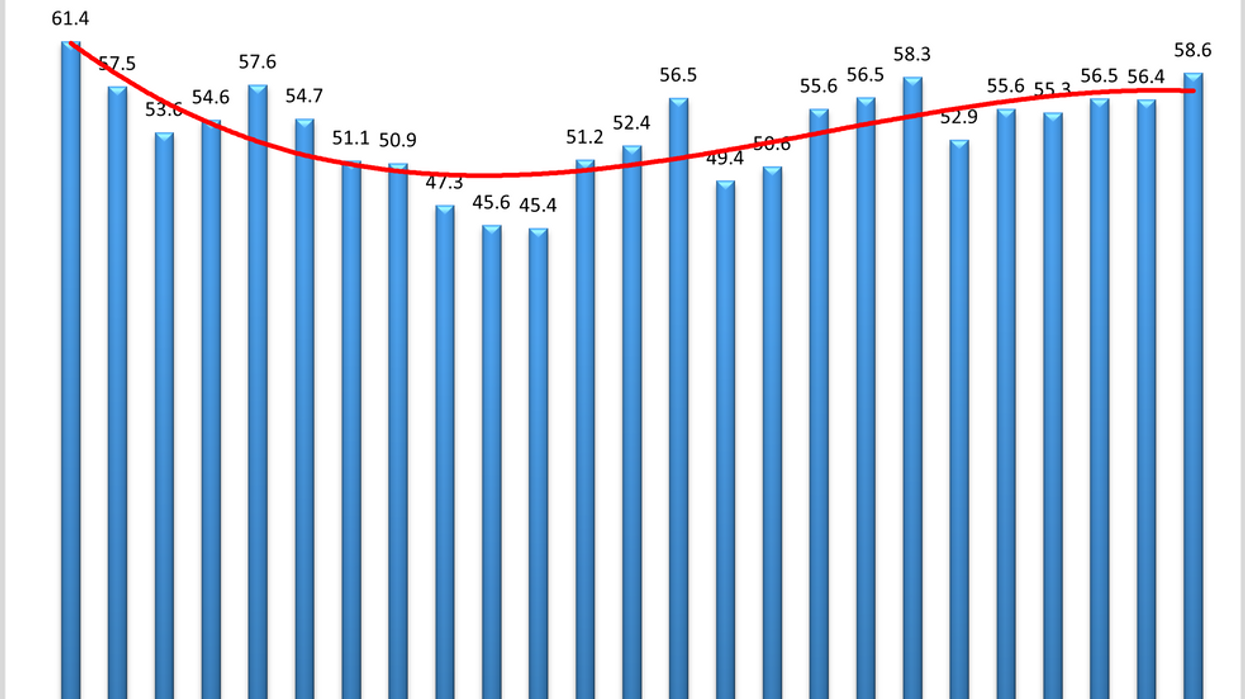Economic activity in the logistics industry expanded for the 10th straight month in September, reaching its highest reading in two years, according to the latest Logistics Managers’ Index (LMI) report, released this week.
The LMI registered 58.6, up more than two points from August’s reading and its highest level since September 2022.
The LMI is a monthly measure of business activity across warehousing and transportation markets. A reading above 50 indicates expansion, and a reading below 50 indicates contraction.
The September data is proof the industry is “back on solid footing” according to the LMI researchers, who pointed to expanding inventory levels driven by a long-expected restocking among retailers gearing up for peak-season demand. That shift is also reflected in higher rates of both warehousing and transportation prices among retailers and other downstream firms—a signal that “retail supply chains are whirring back into motion” for peak.
“The fact that peak season is happening at all should be a bit of a relief for the logistics industry—and economy as a whole—since we have not really seen a traditional seasonal peak since 2021,” the researchers wrote. “… or possibly even 2019, if you don’t consider 2020 or 2021 to be ‘normal.’”
The East Coast dock worker strike earlier this week threatened to complicate that progress, according to LMI researcher Zac Rogers, associate professor of supply chain management at Colorado State University. Those fears were eased Thursday following a tentative agreement between the union and port operators that would put workers at dozens of ports back on the job Friday.
“We will have normal peak season demand—our first normal seasonality year in the 2020s,” Rogers said in a separate interview, noting that the port of New York and New Jersey had its busiest month on record this past July. “Inventories are moving now, downstream. That, to me, is an encouraging sign.”
The LMI is a monthly survey of logistics managers from across the country. It tracks industry growth overall and across eight areas: inventory levels and costs; warehousing capacity, utilization, and prices; and transportation capacity, utilization, and prices. The report is released monthly by researchers from Arizona State University, Colorado State University, Rochester Institute of Technology, Rutgers University, and the University of Nevada, Reno, in conjunction with the Council of Supply Chain Management Professionals (CSCMP).
















